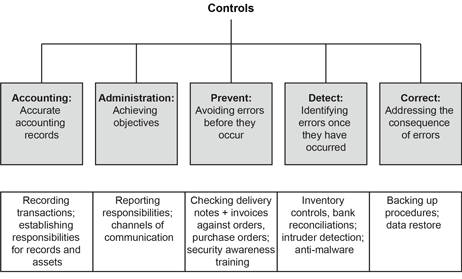“Raising venture capital is the easiest thing a startup founder is ever going to do.” – Marc Andreessen, founder of Andreessen Horowitz, an early investor in Facebook, GitHub, and Twitter.
Receiving the first round of funding is a crucial milestone in a startup’s journey, as it is a validation of its business model, product, and organization management. However, with funding comes the weight of investor expectations which is complemented by increased scrutiny from stakeholders to deliver on targets.
Founders may expect to be criticized because of deficiencies in their financial modeling and projections, deficiencies in controls, and would be expected to stay in touch with investors more regularly and this article provides a comprehensive approximation of the likely pitfalls that a startup may face post funding.
The next few sections outline why these issues matter and how to approach them.
Updating Your Financial Models and Projections
Prior to receiving funding, startups deem financial models as a tool to impress investors, but in order to scale effectively, these models will have to be implemented for day-to-day operations as tools for effective monitoring and ironing out inefficiencies. With an injection of funding, the assumptions with which initial financial projections were made would need to be modified to meet the new reality.
Founders and management need to now consistently update their financial projections and models and make them more sophisticated. Having sophisticated financial models allows the management to track inefficiencies, and strengths and take data-driven decisions which lead to successful outcomes.
The global VC market is currently in a cooldown after reaching record-breaking highs in 2021, and the effect of this cooldown was seen in the form of reduced valuations and increased demand for strong financials from Series A and above. This is a lesson for companies in seed and pre-seed stages to focus on the fundamentals and have strong financials, as strong financials endure volatility and are a guaranteed path for growth and future funding.
Ensuring Presence of Effective Internal Controls and Procedures
Internal controls can be simply explained as policies and procedures of an organization meant to facilitate the smooth functioning of an organization. The following infographic from ACCA, UK gives a summary of the types of controls that exist and their objectives:

Image source: ACCA (2022)
Having a strong set of controls can result in business scaling up faster, because procedures get standardized and contingency plans exist, mitigating the risks that threaten business continuity and the risks of other setbacks. Strong controls also act to build trust between the investors and management, because they are an indication of orderly conduct.
In recent times, startups like Theranos- which based their entire existence on flimsy, fictitious technology, have eroded investor confidence and trust in founders. Having a system of internal controls increases confidence in startups because they create a mechanism for transparent reporting and lower the risk of fraudulent reporting- be it financial or operational.
Communication and Coordination with Investors
Investors are likely to be heavily involved in the activities of the startups, and the founders must be transparent and honest in their communications with the investors. Because investors have had experience with other early-stage companies, they will be of great help when the going gets tough. Moreover, the founder can choose to be proactive in their communications with the investors instead of waiting for them to communicate.
Processes for Re-evaluating Strategy and Business Models
Receiving funding can be seen as an indicator of a potentially strong business model and world-beater product, but both attributes of your organization have to constantly evolve to deliver value consistently. Complexity and disruption are all too common, and therefore the founder and the organization must evolve with the environment.
Board meetings can be used as a tool for reevaluating business models and strategies and founders must ensure they happen regularly in order to stay competitive. A board of directors owes a fiduciary responsibility to shareholders and therefore will also keep the founders accountable, and board meetings as a procedure ensure that the company’s pain points and strengths are rigorously evaluated and improved.
What next?
As funding results in additional scrutiny and increased intensity of governance, here is a checklist to assess and further drive progress:
Implement cash flow forecasting to know your runway and when you are out of cash.
Improve working capital management to understand the gap, and how much can be funded by banks.
Implementation of daily dashboards which can capture important metrics such as revenue, new customer acquisition, attrition and so on.
Having your business plan converted to a live operational document.
Implement financial policies and controls along with a clear maker-checker concept and an auditor appointment.
Engaging with the board with a proper monthly report of performance – of financial and operational aspects.
Engaging with investors, giving them an insider view of operational aspects, and even involving them in the operational processes to build trust.
Have a clear month-close process to arrive at your financial performance to understand where you stand and take corrective actions to improve.
Conclusion
The path of a startup is riddled with complexities and pitfalls, and receiving funding will not automatically solve the issues that a startup is facing. In order for startups to manage the degree of uncertainty and volatility, they need to build trust with their investors, be financially sound and have systems in place that make operations less of a headache. All of the factors listed above act as a foundation for the startup to achieve success, because they achieve two main objectives: signal to investors that their funds are in capable hands, and enable faster scalability, thus resulting in profitable growth.
Feel free to contact us if you need any help getting up to speed with post-funding processes.